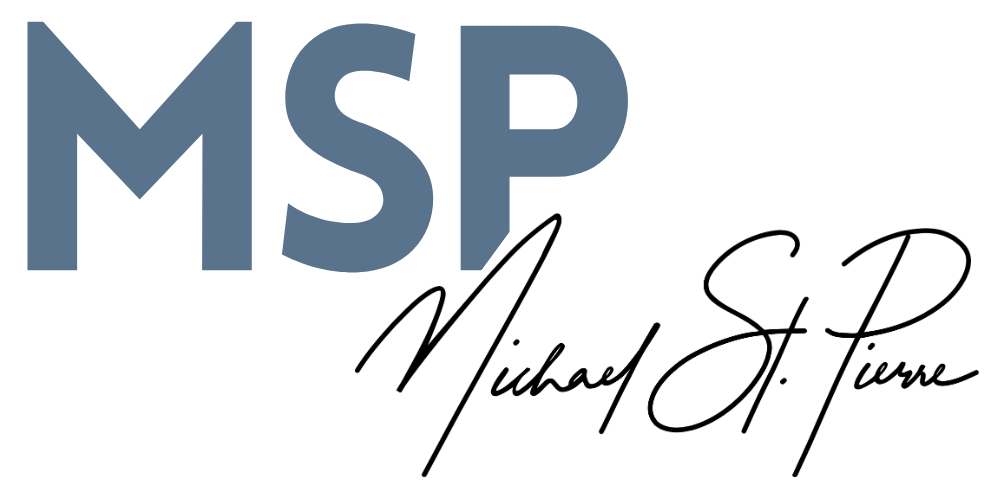In my last post, I shared the why behind our family’s decision to create its own faith curriculum. To sum it up, we found that we simply couldn’t rely solely on our local parish or Catholic schools to provide what our kids needed. The inconsistencies in preaching, teaching and programming were just too great.
What we learned in the process is that the Church has invited us all along to make our home a “domestic church”. That is to say, we finally embraced what we were called to be all along. Our home would become the primary place of formation. This would then be complemented by our church and schools.
Covid-19 challenged us to see what we could do at home as our local churches have been closed. As a father, it’s been a wonderful opportunity for me to learn (again) what it means to be the spiritual father of our family.
“Thus the little domestic Church, like the greater Church, needs to be constantly and intensely evangelized: hence its duty regarding permanent education in the faith…the family, like the Church, ought to be a place where the Gospel is transmitted and from which the Gospel radiates…the future of evangelization depends in great part on the Church of the home.”
As the saying goes, “necessity is the mother of invention”. I guess we’ve become more of discoverers than inventors. I look at this process as one of curation rather than creation. We’ve pieced together a loose system that works for us. Will it work for you? Probably not in its same format. You’ll need to curate for yourself. I think the key is to be intentional and tweak and adjust as you go.
The Lenses
Anyhow, back to the family faith curriculum. You’ve heard of why we created this. Today, I’ll share with you exactly what it looks like each week. Remember the lenses through which we’ve crafted this curriculum:
A lens of Truth, Goodness & Beauty.
An emphasis on classical things.
Variety.
Personal ownership.
A nightly practice.
Scripture.
The Day-by-Day Names
With these lenses in mind, my wife and I decided to then look at each day of the week and “assign” a them to each day. We also decided to brand each day, making it easy for the kids to remember our point of emphasis. Here are the days:
Marian Monday: a focus on Mary, Marian spirituality and Marian practices
Theological Tuesday: a focus on a classical theological concept of text
Works of Mercy Wednesday: a focus on the importance of doing good and practicing mercy
Thankful Thursday: a focus on Divine Mercy and gratitude
Free Friday: typically an “open” night to do whatever feels right
Saturday & Sunday: a focus on beauty
The Day-by-Day Activities
Now we’ll look at exactly what we do in each night’s time of prayer:
Marian Monday: We pray the rosary. Sometimes, to mix it up, we might have a slideshow up on the tv with images of Mary, forming a sort of Visio Divina. When our kids were younger, we started out with just a decade of the rosary. Over time, we were able to cover the entire rosary.
Theological Tuesday: On Tuesdays, I like to find some rich theological text, poem or excerpt for us to look at and discuss. This might be a poem by Chesterton, a quote from Sheen or a phrase from Augustine. This night is very profound but also brief. We might “wrap” this with everyone going around and offering prayers for others.
Works of Mercy Wednesday: On Wednesdays, we might write to our sponsor child, call the grandparents, or write notes to people who are alone. The key is to help the kids see a world bigger than just our home and our family.
Thankful Thursday: On Thursdays, we do things related to gratitude. This could be praying the Divine Mercy Chaplet or just going around and praying for people for whom we are thankful. The key is to emphasize gratitude to God in very specific ways.
Free Friday: On Fridays, we typically make pizza and maybe watch a movie. Prayers are typically brief and we go with the flow.
Saturday & Sunday: on Saturday, we’ll hand the Bible to one of the kids and invite them to find the Sunday Gospel reading. This teaches them the skill of Bible literacy. Then, we’ll talk about the upcoming Sunday’s Gospel and what it means to each of us. On Sunday, we might look at a famous icon (emphasis on beauty) and discuss its meaning.
As I’ve stated before, this is a work in progress. This framework is a starting point. It’s not meant to be so structured so that it feels tight. Rather, it frees us up to be together as a family of faith.
Outstanding Guests, Practical Tips








